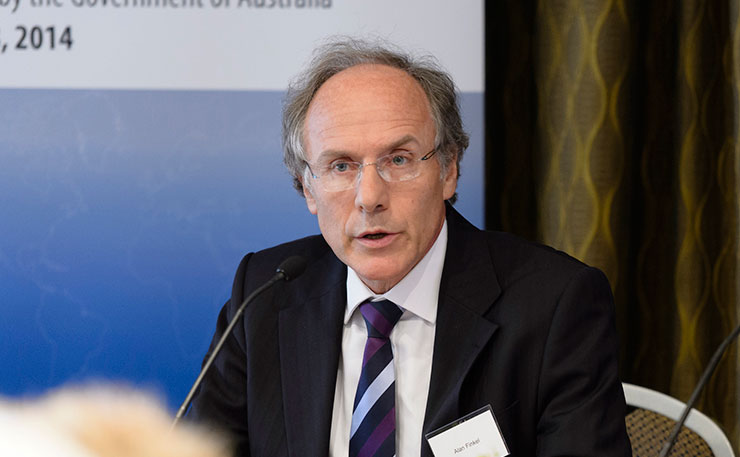The Finkel Review is not the solution to Australia’s energy problems, writes Ben Eltham.
Is this the moment Australia finally settles the carbon debate?
After a decade of combat, many in Australia’s energy debate are desperate for a political compromise that will allow some kind of agreement on a way forward.
Sadly for Australia, the Finkel blueprint isn’t it.
The question of decarbonisation – the inevitable fact that Australia must transform its economy to burn less carbon – has destroyed governments and kept policy wonks busy for more than a decade.
Both John Howard and Kevin Rudd went to the 2007 federal election promising an economy-wide emissions trading scheme. And we got one, eventually, in 2012 – but only after the politics of carbon had dominated and destabilised the prime ministerships of Kevin Rudd and Julia Gillard.
Tony Abbott triumphantly abolished the carbon tax in 2014, a characteristically negative achievement from a singularly negative politician. But it didn’t help Abbott in the end. Just a year later, he was gone.
It’s one of the great ironies that the period since the abolition of the carbon tax has been when ten years of failed Australian energy policy has started to bite.
The carbon tax operated for two years with minimal disruptions to Australia’s economy and energy system. And then it was gone. But the damage from the carbon wars is yet to be repaired. The bitter political campaign against action on climate fought by the Coalition under Tony Abbott paralysed Australia’s energy policy settings. The chaos undermined investment decisions and papered over rapid changes in technology that were rendering the old certainties invalid.
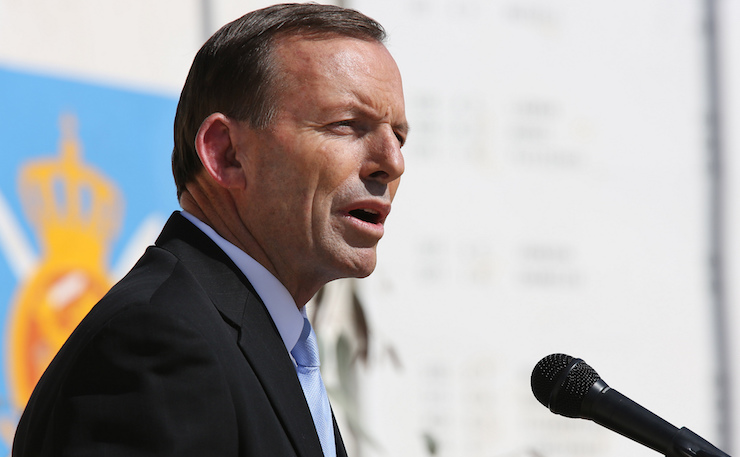
As a result, Australia’s energy system is now in crisis. Blackouts in South Australia and massive price rises driven by the power of the three vertically integrated “gentailers” that effectively control Australia’s grid have highlighted the problem, but it’s bigger than that.
In the wake of the 2016 South Australian blackouts, ruthlessly politicised by Malcolm Turnbull and Josh Frydenberg, the government handballed the issue to Chief Scientist Alan Finkel, who was told to come up with a road map on energy policy that would keep the grid stable and prices down. The title of Finkel’s report is instructive: the word “climate” doesn’t feature. It is the ‘Independent Review into the Future Security of the National Electricity Market’.
Finkel handed in the review to Energy Minister Josh Frydenberg last week, and it was released on Friday.
What can we say about Finkel’s report? Australia’s Chief Scientist has crafted a document based on politics, not on science.
The centrepiece of the report is a so-called “Clean Energy Target” to replace the existing Rewewable Energy Target, which expires in 2020. This clean energy target is yet another in a long line of artificial markets. It issues certificates, which can then be traded. The baseline for what constitutes “clean” is not zero emissions, as you might expect, but rather a certain level of emissions intensity, to be set by politicians. Needless to say, the exact threshold that decides who will and won’t get a certificate will be hugely controversial.
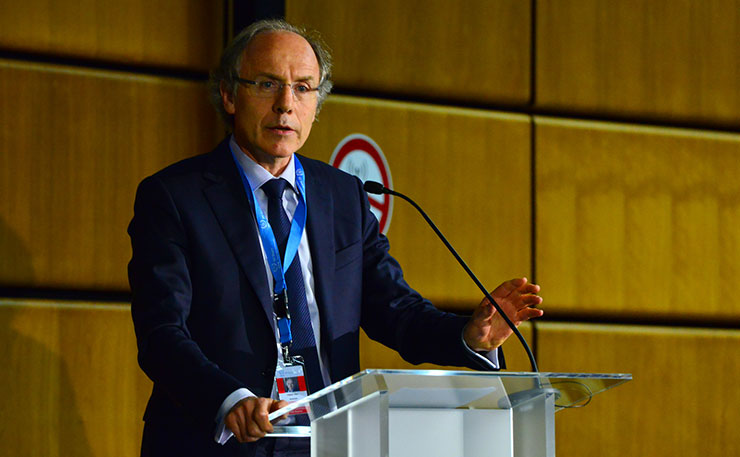
Finkel has also moved to address the reliability of the grid with a new rule forcing generators to make sure they have more inertia and storage. New solar and wind projects will be forced to hedge their intermittent nature by being paired with energy providers that can “dispatch” power at a moment’s notice, and there are new suggestions about storage. This may help stability, but act as a disincentive to renewable investment.
But Finkel has stopped short of recommending wholesale reforms to the dysfunctional National Electricity Market, the shortcomings of which were shown so graphically over the 2016-17 summer.
There is a proposal for a new agency, to be called the Energy Security Board, which will supervise the existing energy regulators like AEMO and the AEMC. One might well ask whether adding another body to the alphabet soup of energy regulators, who are profoundly captured by the industry they supposedly regulate, will achieve much of anything.
As always with reports like this, the devil is in the detail. And the detail in this case is very much about the modelling.
Complicated spreadsheets that predict what Australia’s energy system will look like in 2030 and 2050 form the basis of the Finkel’s recommendations. But these are already being questioned by industry experts and analysts, who simply can’t understand Finkel’s reasoning.
It all boils down to this key graph on page 93 of the report.
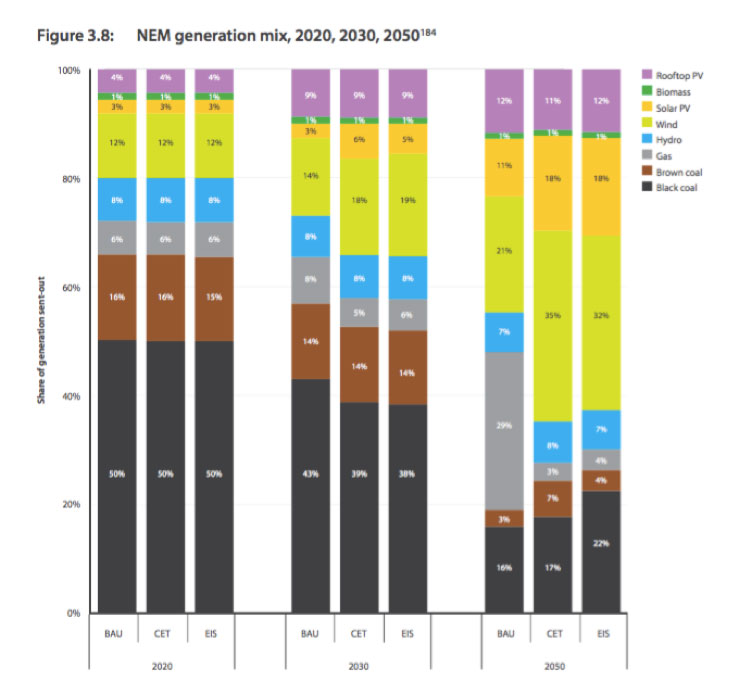
The graph tells us what Finkel thinks Australia’s electricity generation mix will look like in 2020, 2030 and 2050 under three different scenarios: Finkel’s clean energy target, an emissions intensity scheme, and a rather speculative “business as usual” case. The modelling was done by the consultancy firm Jacobs.
If you look at the graph carefully, lots of interesting things jump out.
Firstly, the technology cost curve looks completely wrong. Finkel forecasts that under “business as usual” – in other words if nothing is done – large-scale solar will only account for 11 per cent of the grid, and rooftop solar only 12 per cent … in 2050.
This is fanciful.
The cost of renewable energy is falling. Wind farms are already the cheapest new form of electricity generation, and households are rushing to install their own solar.
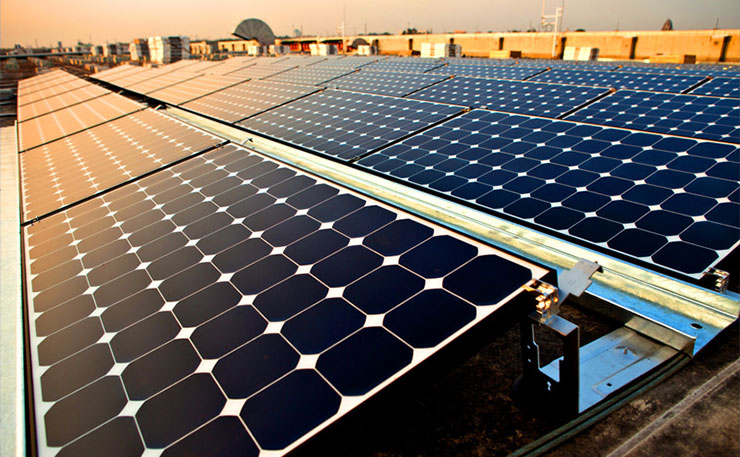
Renewable costs are falling so quickly, the Finkel Review’s assumptions are already out of date: the report admits that “the assumptions for the electricity modelling were finalised in February 2017 and do not take into account recent reductions in technology costs.” 2050 is three decades away, long after nearly every coal plant in the country will have passed its retirement date. On current cost assumptions, new solar will soon be cheaper than any other form of generation – full stop. Indeed, on page 201, the report acknowledges this, graphing solar as the cheapest form of energy going forward.
But it gets worse. Bizarrely, there is more coal-fired generation in 2050 under Finkel’s scheme than business as usual: the clean energy target strangely results in more coal generation than doing nothing. That can’t be good policy. It’s dumb enough to make you question the whole report.
Finally, Finkel doesn’t tell us how much emissions are going to be reduced by his clean energy target. You read that right: the Finkel Review does not give us a figure for emissions reductions, anywhere in the report. It merely claims that emissions reductions are “consistent” with Australia’s 2030 Paris agreement target of 26-28 per cent.
This is hugely significant, because Australia’s Paris commitments mean that the energy sector must reduce its emissions by much more than 26-28 per cent, simply because the energy sector is the most carbon intensive part of Australia’s economy.
Want to know how Finkel arrived at these figures? Too bad: you can’t. The modelling hasn’t been released.
New Matilda spoke to a number of energy experts on Friday and Monday who confirmed to us that the modelling by Jacobs for the Finkel projections simply wasn’t available. According to many, the emissions trajectory modelled by Jacobs for the Finkel Review is not consistent with Australia’s Paris commitments.
We can’t say more than that – because we don’t have the model. Indeed, the absence of the modelling throws the whole Finkel Review into question.
There are sound reasons to seek political compromise. The turmoil in energy policy has badly damaged the Australian economy. The grid has been allowed to deteriorate and super profits have been gouged by rapacious oligopolists. Meanwhile, Australia has missed out on the opportunities that have accrued to other nations that have built export industries in renewable energy.
That’s the problem with a report that is more about politics than science. The crisis in Australia’s energy system is ultimately about science, just as much as politics. You can’t separate the science of global warming from energy policy, because the Paris agreement is itself based on keeping global temperatures below a 2 degrees rise.
Deep cuts to emissions are inevitable. That means more renewables, and phasing out fossil fuels.
Finkel has squibbed it. What looks like clever compromise is instead simply the next stage in the long and sorry story of Australia’s refusal to face up to our looming climate reality.
Donate To New Matilda
New Matilda is a small, independent media outlet. We survive through reader contributions, and never losing a lawsuit. If you got something from this article, giving something back helps us to continue speaking truth to power. Every little bit counts.

